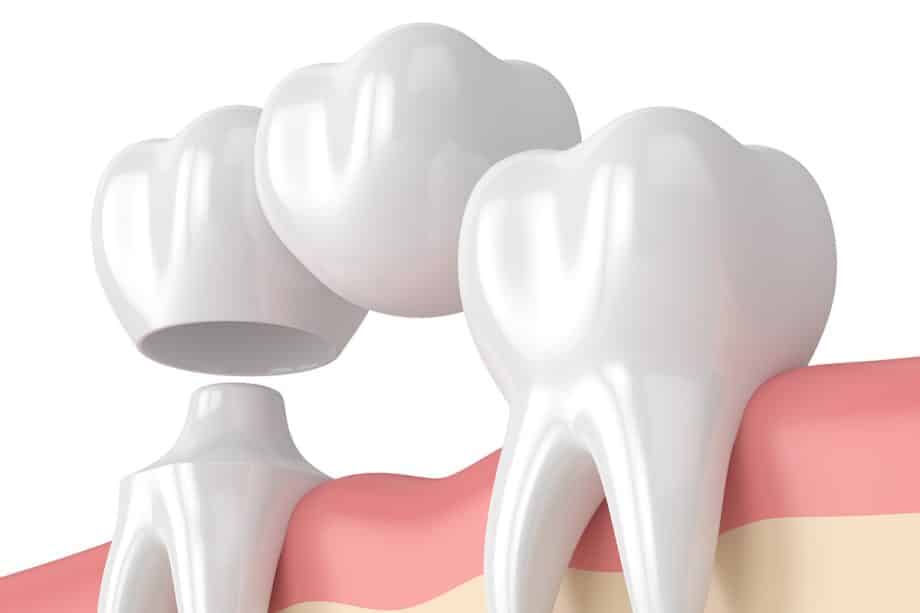If you have a dental bridge, you may wonder if it can be removed and recemented. While it is possible to remove and recement a bridge, certain factors must be considered before doing so. In this blog post, we'll discuss the various considerations and steps involved in removing and re-cementing a dental bridge, including the costs and risks associated with the process.
What Is a Dental Bridge?
A dental bridge is a fixed prosthetic device that replaces one or more missing teeth. It bridges the gap between existing teeth, restoring function and appearance. A dental bridge typically consists of one or more pontics (artificial teeth) connected by two or more crowns. The crowns are placed over the remaining teeth on either side of the gap, while the pontic is placed in the space where the missing tooth used to be. They are usually attached to the underlying teeth with a dental adhesive, although they may also be supported by implants or other types of retainers. With proper care, a dental bridge can last for many years.
Why Might Someone Need to Remove Their Dental Bridge?
Dental bridges are an essential tool for replacing missing teeth and restoring a patient's smile. However, there are times when a dental bridge must be removed for various reasons. There are several reasons why a dental bridge may need to be removed:
- Decay or damage: Over time, a dental bridge can suffer from decay and damage that can weaken its structure and make it unstable. If left untreated, this can lead to further decay; eventually, the bridge must be removed.
- Getting a new dental bridge: A patient may choose to remove their current dental bridge if they want to get a new one if the existing bridge does not fit correctly or because the patient wants to upgrade to a better material.
- Root canal treatment: If a patient needs root canal treatment, the dental bridge may need to be removed to access the affected tooth.
- Tooth extraction: If a tooth that is part of the bridge needs to be extracted, the dental bridge will also need to be removed.
- Poor fit: If the bridge does not fit properly, it can cause pain and discomfort for the patient. In such cases, the dental bridge must be removed and replaced with a new one.
Is it Possible to Get a New Dental Bridge After Removing the Old One?
Removing a dental bridge is usually done to replace it with a new one or due to damage or decay of the teeth or gums. Bridges that are loose or fit poorly are usually the easiest to remove and can often be recemented after removal. However, bridges may need to be removed to treat periodontitis or tooth decay under a crown, which requires a drill and means the bridge cannot be recemented. In this case, a new bridge or an alternate solution may be needed.
Dental Bridges in North Richland Hills, TX
With decades of experience, Dr. R. Renan Williams, DDS, is known for his exceptional work quality and excellent patient care. Whether you need a full arch of bridges or just a single unit, Dr. Williams is the ideal dentist to turn to. Contact our office today to schedule a consultation or request an appointment online.

